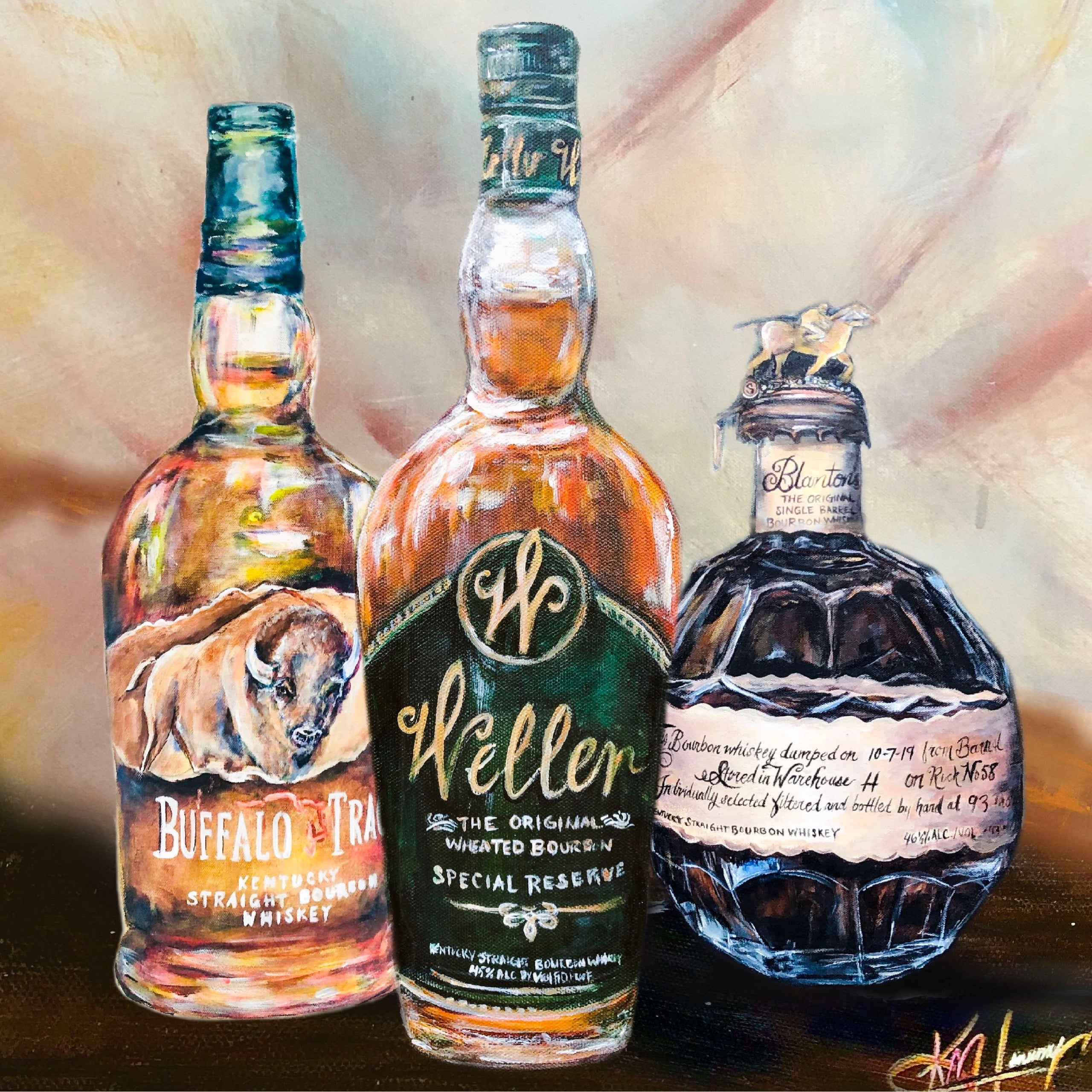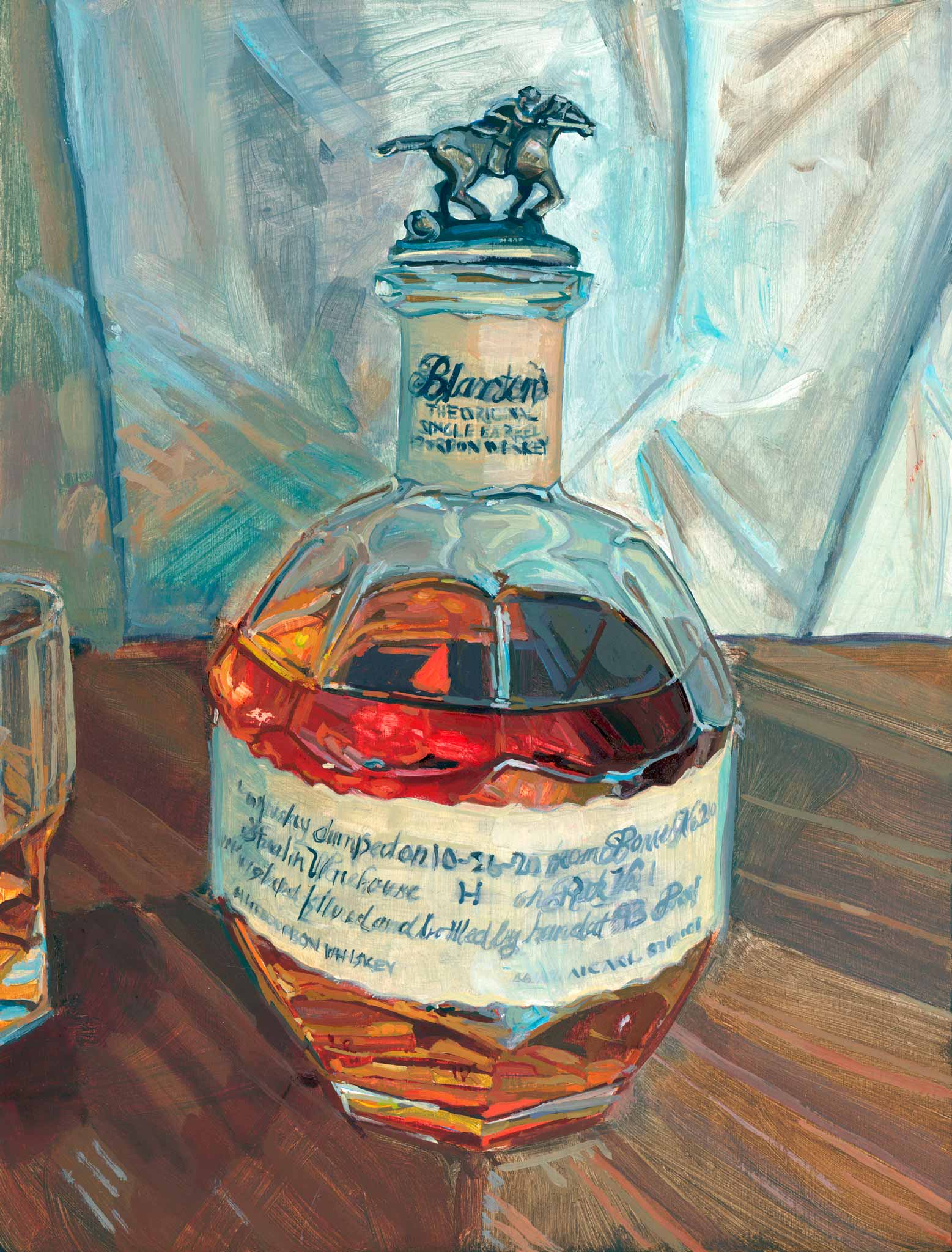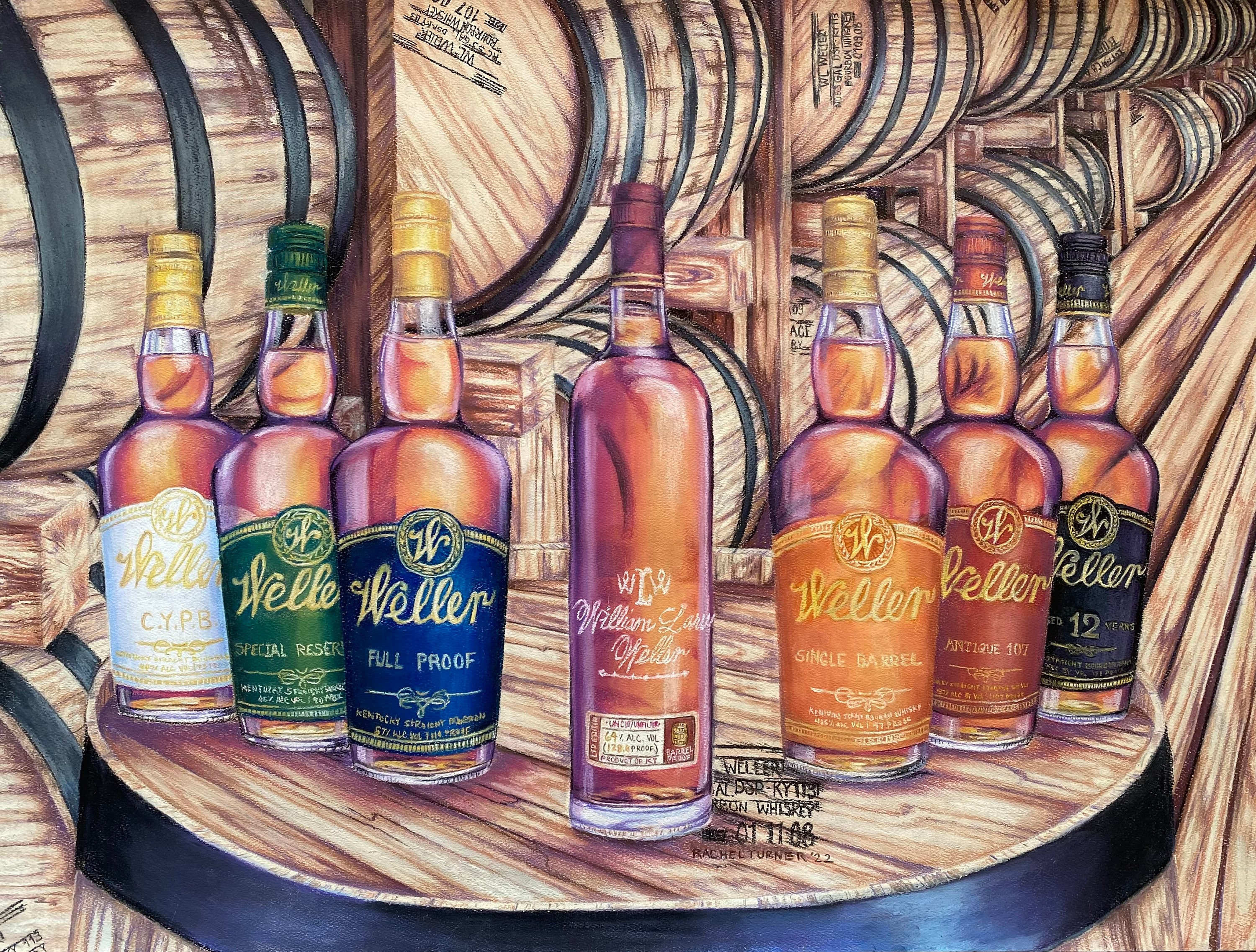Limited Edition Bourbon Art: Why Collectors Are Crowding to Distinct Finds
Limited Edition Bourbon Art: Why Collectors Are Crowding to Distinct Finds
Blog Article
The Significance of Whiskey Art in Celebrating Heritage and Craftsmanship in the Beverage Sector
The intricate partnership in between bourbon art and the event of heritage and workmanship within the drink market can not be overstated. With thoughtfully designed tags and containers, whiskey brand names encapsulate their historic origins and the artisanal skills that specify their production approaches.
The Historic Origins of Whiskey
At the heart of bourbon's allure lies a rich tapestry of historical roots that trace back to ancient civilizations. The origins of whiskey can be connected to the distillation practices of the Sumerians and Babylonians around 2000 BCE, where early types of fermented grain drinks began to emerge. It was in the Center Ages that the art of purification developed significantly, specifically in Ireland and Scotland, leading to the creation of whiskey as we understand it today.
The term "whiskey" itself acquires from the Gaelic word "uisce beatha," suggesting "water of life." This expression highlights the cultural value of bourbon in Celtic societies, where it was usually connected with rituals, events, and public bonding. By the 15th century, purification ended up being an identified craft within reclusive communities, leading the way for the facility of lawful distilleries.
As trade routes broadened, scotch's appeal expanded, going beyond regional limits and catching the passion of aficionados worldwide. Bourbon Art. This historical journey reflects not only the craftsmanship behind scotch production however likewise its indispensable duty in social and social contexts, noting it as a substantial drink throughout background
Artistic Expression in Branding
Bourbon branding stands as an engaging junction of virtuosity and business, where aesthetic identification plays a critical duty fit customer assumption. The visual appeals of whiskey labels, product packaging, and advertising and marketing products mirror not just the brand's story but additionally its core worths and heritage. Via imaginative expression, distilleries share a story that reverberates with customers, evoking emotions and sparking links.
The usage of shade, typography, and imagery in branding offers to separate products in a saturated market. Typical themes might stimulate a sense of credibility and workmanship, while contemporary layouts can symbolize development and forward-thinking. This strategic imaginative direction boosts brand acknowledgment and loyalty, permitting consumers to forge an individual relationship with the whiskey they pick.
Additionally, artistic expression in branding usually works as a celebration of local heritage. Distilleries frequently integrate local signs or historic references right into their designs, developing a sense of area that welcomes customers to take part in a more comprehensive cultural experience. Eventually, the virtuosity behind whiskey branding not only improves aesthetic appeal but likewise improves the overall narrative of the brand, cultivating a much deeper appreciation for the craftsmanship and heritage embedded in each bottle.
Workmanship in Container Layout
The artistry apparent in scotch branding expands past aesthetic identification to encompass the craftsmanship associated with bottle style. Each bottle works as a vessel not just for the spirit within, yet likewise for the story it outlines its beginning, quality, and tradition. The design process requires precise attention to detail, as elements such as closure, shape, and product contribute substantially to the general understanding of the whiskey.
Craftsmanship in container layout includes choosing top notch glass that can improve the scotch's color and clarity, while additionally supplying a responsive experience for the consumer. The shape of the container need to be both cosmetically attractive and functional, frequently reflecting the heritage of the brand name. Lots of distilleries select unique forms or printed logos that evoke a sense of credibility and history.
Moreover, the tag style and typography play an important role in connecting the brand name's narrative. Realism Art. A well-crafted bottle not only astounds the consumer's eye yet likewise reinforces the brand name's commitment to top quality and custom. By doing this, the workmanship of bottle style becomes a crucial aspect of the bourbon experience, merging artistry with an extensive respect for heritage
Social Significance of Whiskey Art
Commemorating tradition and workmanship, the social value of whiskey art goes beyond mere aesthetics, linking with the social and historical stories of the regions from which it stems. Each bottle offers as a canvas, showing the distinct tales, folklore, and customs that have actually formed local whiskey-making methods. The intricate designs commonly reflect the heritage of the distillers, integrating icons and concepts that reverberate with the society and values of their communities.

Furthermore, whiskey art plays a crucial function in public celebrations and parties, serving as a tangible web link in between people and their shared experiences. By valuing the virtuosity in whiskey packaging, consumers cultivate a much deeper understanding and regard for the craft, inevitably enhancing their enjoyment of the drink itself.
Modern Trends in Bourbon Presentation
In current years, the discussion of whiskey has actually evolved to show modern tastes and patterns while still recognizing traditional craftsmanship - Realism Art. Distilleries are increasingly concentrating on visual elements that improve the general alcohol consumption experience, bridging the space in between heritage and modernity
Cutting-edge container designs have emerged, usually incorporating sustainable materials and imaginative tags Visit This Link that inform compelling stories. Numerous brands currently team up with neighborhood artists, infusing their products with distinct visual my link expressions that reverberate with customers. In addition, limited-edition launches are often packaged in collectible containers, adding value and appeal for lovers.

Conclusion
To conclude, bourbon art serves as an essential conduit for revealing the heritage and workmanship inherent in the beverage market. Via intricate branding, ingenious container layouts, and culturally significant creative aspects, bourbon brand names effectively honor their customs and link with customers. This imaginative story not just elevates the appreciation of whiskey however likewise strengthens area identification and satisfaction among producers. Ultimately, bourbon art plays an essential role in preserving and celebrating the rich cultural tapestry of whiskey-making.


Workmanship in bottle design involves picking high-quality glass that can boost the scotch's color and clarity, while also giving a responsive experience for the consumer. In this way, the this link workmanship of container design becomes an essential element of the whiskey experience, combining virtuosity with a profound regard for heritage.
In conclusion, bourbon art offers as an essential channel for sharing the heritage and craftsmanship integral in the beverage market.
Report this page